Theses, Captstones, and Dissertations
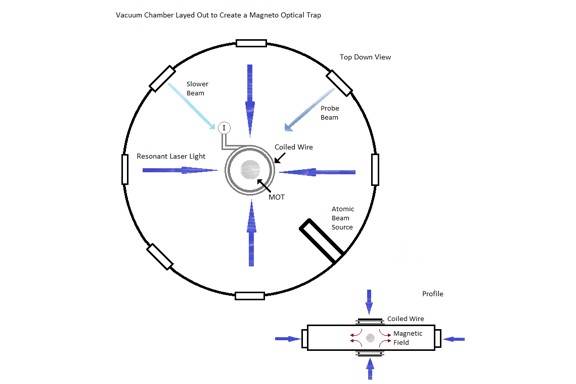
We develop a diagnostic to measure the density of ultra-cold, neutral plasmas by measuring the free expansion rate during Coulomb explosion. We expect this method to be accurate at very low densities, where current methods are ineffective. We derive a model for the expansion of low density plasmas which gives plasma radius as a function of of time and density. Plasma radius can be measured with high precision even at very low densities, giving this method good resolution where optical methods lose sensitivity. We attempt to confirm this model experimentally, and discover that stray electric fields deflect the plasma causing the our method to underestimate density.
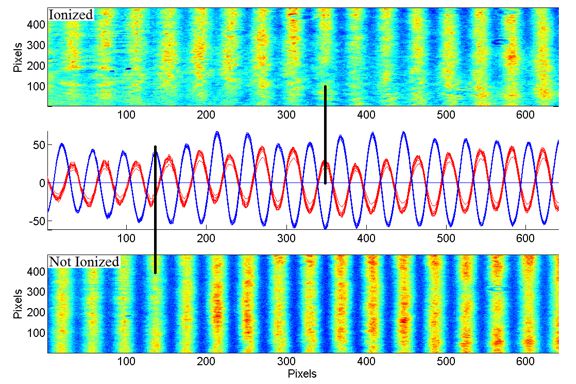
We use an interferometric method for measuring the plasma density in a laser-induced plasma as a function of time. Any changes in the density within 5 ns of generation is due plasma expansion and not recombination. The analytic solution for plasma expansion derived for ultracold Neutral Plasmas describes the expansion of our laser produced Neon plasma of densities up to approximately 40 Torr. A model for the utlracold neutral plasmas, in comparison with measurements of our plasmas, can be used to extract an electron temperature. Currently our plasmas have shown to have an electron temperature of approximately 44 eV.
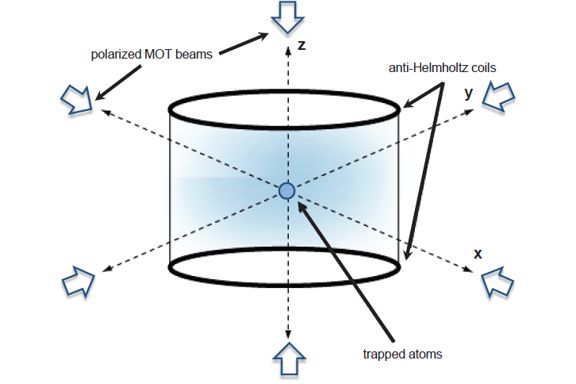
Disorder-induced heating (DIH) is a nonequilibrium, ultrafast relaxation process that occurs when laser-cooled atoms are photoionized to make an ultracold plasma. Its effects dominate the ion motion during the first 100 ns of the plasma evolution. Using tools of atomic physics we study DIH with ns time resolution for different plasma densities and temperatures. By changing the frequency of the laser beam we use to probe the ions, we map out the time evolution of the velocity distribution. We can compare this to a fluorescence simulation in order to more clearly determine the relationship between the fluorescence signal and the velocity distribution. In this study we observe and characterize effects due to electron screening on the ions during the equilibration process.
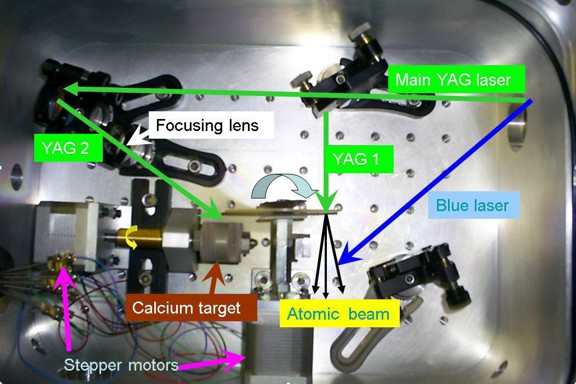
A recent publication claimed the generation of a sub-thermal atomic beam using laser induced back ablation (LIBA). In this paper, we suspect the measurement of the velocity distribution in an atomic beam created using (LIBA). Our work produced a direct and accurate measurement of the velocity distribution of an ablated calcium beam. With our probe laser tuned into the calcium resonance, the ablated calcium atoms detected were moving at 4 000 meter/second, way above the thermal temperature. We find no evidence for cold atoms generated using LIBA.
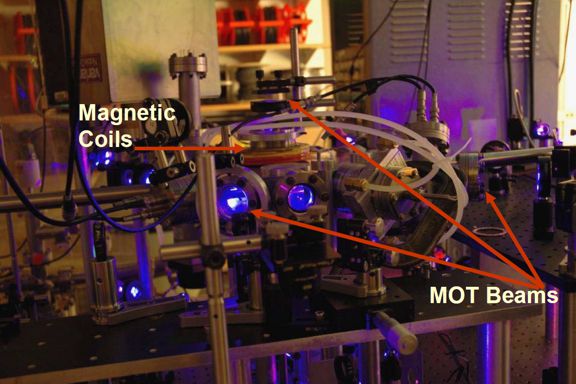
We report new studies on the early-time dynamics of ultracold neutral plasmas. We use fluorescence spectroscopy to probe plasma dynamics on the nanosecond time scale. We determine the rms ion velocity during the initial plasma period. The initial ion acceleration is found as the time derivative of the ion velocity. We compare to a theoretical model. The experimental results agree with the model at low plasma densities. However, the ion acceleration is a factor of ten lower than the model at higher densities. The cause of this discrepancy is currently unknown.
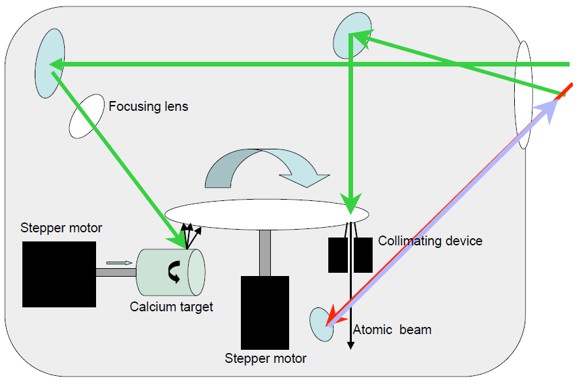
We report on an experiment to measure the velocity distribution in an atomic beam generated using a two-stage laser ablation source. We use a Nd:YAG laser to ablate a calcium target. A probe laser beam at 423 nm crosses the atomic beam at 53. Its frequency is swept across the calcium resonance tran- sition. We use a PMT to detect laser-induced uorescence collected using a lens and an interference
lter. Initial results indicate that the atomic beam velocity is independent of the back ablation laser intensity. We also
nd that the beam velocity is consistent with a thermal temperature near the melting temperature of calcium. These
ndings are at variance with a recent publica- tion.
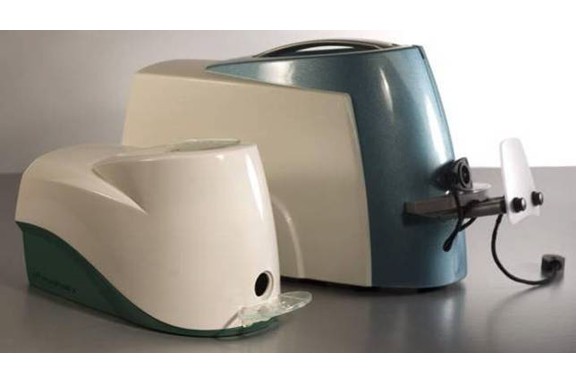
I report on the development and production of the Pharmanex S2 Biophotonic Scanner. A brief description of measuring carotenoid concentrations using Resonance Raman Spectroscopy (RRS) and a history of the S2 are given. The S2 uses light emitting diodes (LEDs) and bandpass filters to excite a Raman response at two wavelengths. Four photomultiplier tubes with corresponding bandpass filters detect four points of the emission curves. Using a divided shifted technique the two emission curves provide a measure of the carotenoid signal strength. I designed a set of computer controlled tests using the LabVIEWTM programming language used in the production of the S2. These tests validate the quality of the scanners produced through visual and pass/fail criterion. A description of the hardware and software of the “Scanner Setup Tool” and “FG5 Scanner/Filter Monochromator Tool” are given in detail.
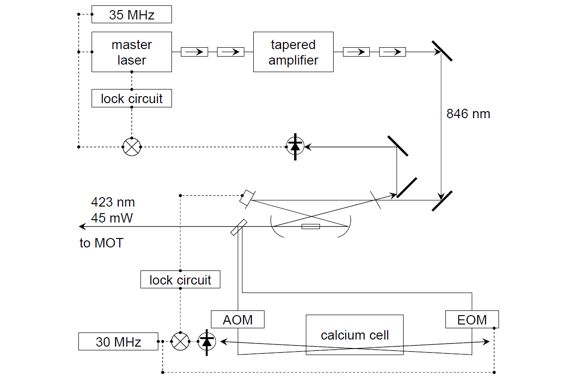
Two-Photon Ionization of the Calcium 4S3D 1D2 Level in an Optical Dipole Trap (by Jared Estus Daily)
This thesis reports an optical dipole trap for atomic calcium. The dipole trap is loaded from a magneto-optical trap (MOT) of calcium atoms cooled near the Doppler limit (∼ 1 mK). The dipole trap is formed by a large-frame argon ion laser focused to 20 µm into the center of the MOT. This laser runs single-line at 488 nm with a maximum power of 10.6 watts. These parameters result in a trap of 125 mK for calcium atoms in the 4s3d 1D2 state. The 488 nm light also photo-ionizes the trapped atoms due to a near-resonant transition to the 4s4f 1F3 level. These ions leave the trap and are detected to determine the trap decay rate. By measuring this decay rate as a function of 488 nm intensity, we determine the 1F3 photo-ionization cross section at this wavelength to be approximately 230 Mb.
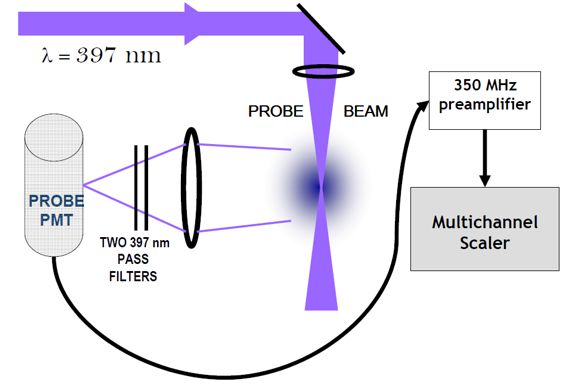
We demonstrate an optical method to detect calcium ions in an ultracold plasma. We probe the plasma with a 397 nm laser beam tuned to the Ca II 2S1/2 to 2P1/2 transition. The probe laser beam is focused to a 160 µm waist allowing fine spatial resolution. Ions are detected by measuring fluorescence using a PhotoMultiplier Tube (PMT). The signal, an average of 4000 acquisitions, has a temporal resolution of 120 ns. We present the details of this method, potential improvements, and prospects of imaging the expanding plasma ions. We also present preliminary work on spatially resolved absorption measurements, as well as additional studies.

Ultracold neutral plasmas represent a regime of plasmas that is not entirely described by theory, but is critical to our understanding of many phenomena. Though their low temperature makes observing them more manageable, even "confined" ultracold plasmas do not remain contained for more than a few hundred microseconds. No steady state or long-term confinement of an ultracold plasma created by pulse ionization has ever been demonstrated. In this thesis, the construction of a Penning trap for calcium ultracold neutral plasma is presented. The trap consists of a uniform magnetic field to trap the electrons radially and a quadrupole electric field to trap them in the axial direction, under the hypothesis that the space charge of the electrons will trap the ions. To the best of the author's knowledge, no ion trap of this configuration has been used to confine ultracold neutral plasmas. In addition to the Penning trap, this thesis also presents work done on other projects. This includes data acquisition and analysis on freely expanding ultracold neutral plasmas with varying density gradients, research on dielectric discharge barrier plasmas, and presentations given on these subjects. Finally, a short list of skills developed over the course of this program is given.
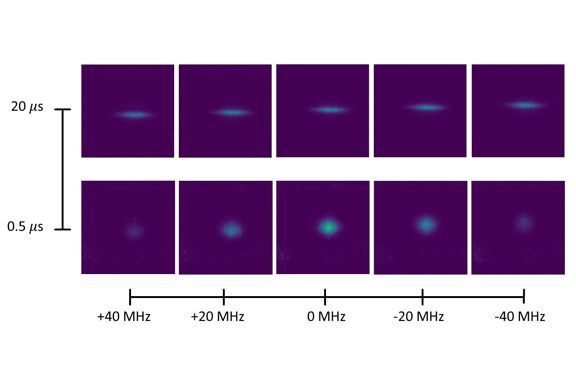
We study the expansion velocity and ion temperature evolution of ultracold neutral plasmas (UNPs) of calcium atoms under the influence of a uniform magnetic field that ranges up to 200 G. In the experiments, we use a magneto-optical trap (MOT) to capture the neutral atoms and laser-induced fluorescence (LIF) to take images of the plasma. We vary the magnetic field strengths and the initial electron temperatures and observe the plasma evolution in time. We compare the ion temperature evolution to the theory introduced in the paper by Pohl et. al. [Phys. Rev. A 70, 033416 (2004)]. The evolution of the gradient of expansion velocity suggests the presence of ion acoustic waves (IAWs). We speculate that our measurements showing that the ion temperature remains relatively high throughout the evolution is a biproduct of the IAW.
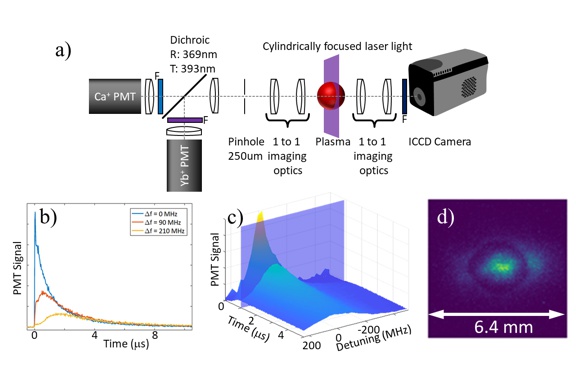
Ultracold neutral plasmas provide a platform for studying transport properties in an idealized environment. In this dissertation, transport properties in a Ca$^+$/Yb$^+$ dual species ultracold neutral plasma and a Ca$^+$ magnetized ultracold neutral plasma are studied. In dual species plasmas, we study ion-ion temperature relaxation. We compare measured relaxation rates with atomistic simulations and a range of popular theories. Our work validates the assumptions and capabilities of molecular dynamic simulations and invalidates theoretical models in this regime. This work illustrates an approach for precision determinations of detailed material properties in Coulomb mixtures across a wide range of conditions. We also study plasma expansion in single species plasma in the presence of a strong uniform magnetic field. We find that the asymptotic expansion velocity falls exponentially with magnetic field strength, which disagrees with a previously published ambipolar diffusion model. In the parallel direction, plasma expansion is driven by electron pressure. However, in the perpendicular direction, no plasma expansion is observed at large magnetic field strengths.
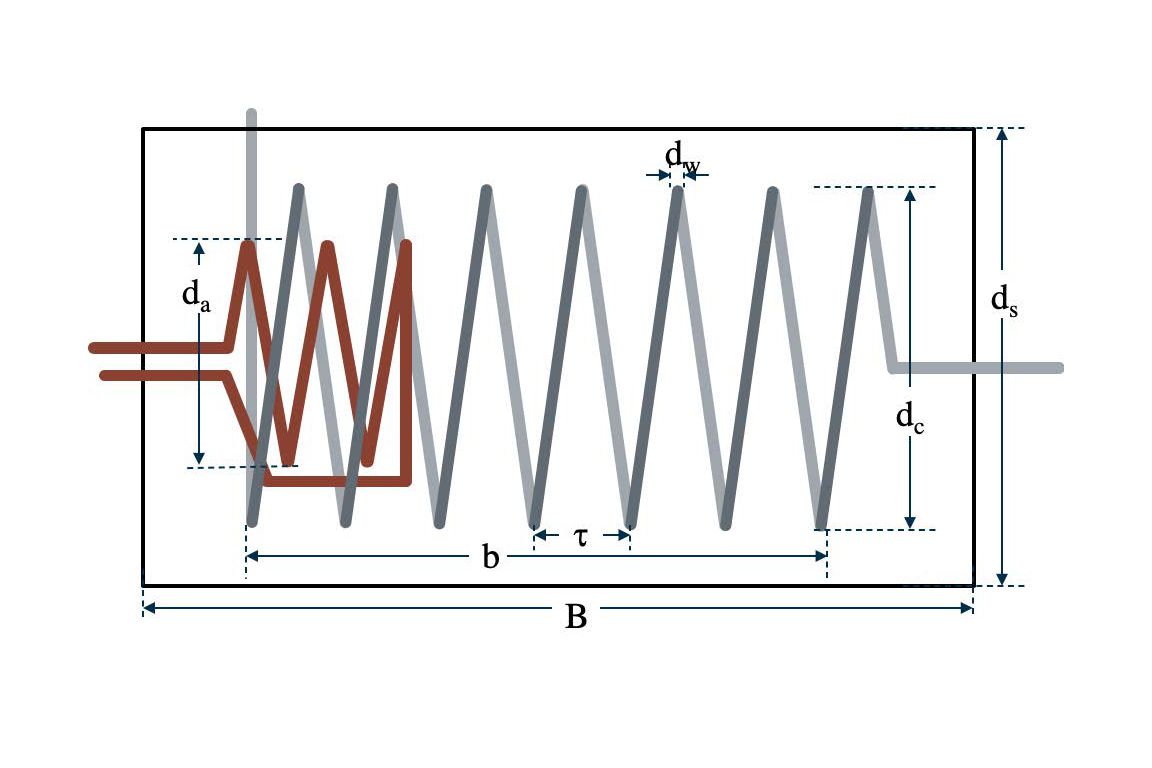
Ion collisions in a strongly coupled ultracold neutral plasma are useful for simulating collisions and properties found in high energy dense plasmas. Ultracold plasmas can be created from atoms that are cooled and trapped in a magneto-optical trap. After ionization, the resulting ions can be trapped using a linear quadrupole ion trap, making it possible to measure ion collisions for times scales greater than 10 μs. We report on designing and constructing a 5 MHz helical resonator for use in our dual species magneto optical ion trap. We obtained a quality factor of 153 with a coupling efficiency of 75%. We measured the density of trapped Ca atoms using florescence measurements.
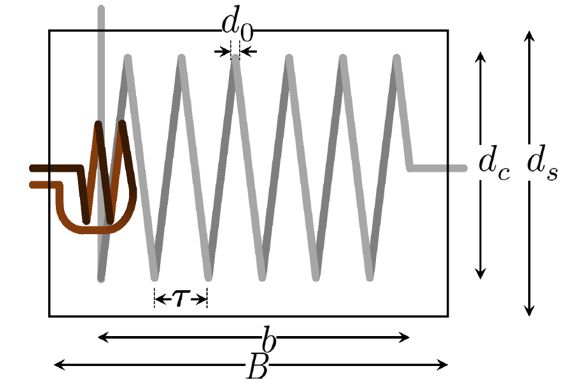
Dual-species ultra-cold plasmas in our laboratory expand too quickly for measurements at times longer than 30 microseconds. We plan to solve this problem by trapping the plasma using a Paul trap. The trap will be loaded by photo-ionizing neutral atoms in a co-located magneto-optical trap. This will enable plasma studies over longer time periods, making it possible to measure the internal interactions within the plasma. In order to use a Paul trap, we need to deliver higher voltages to the trap at radio frequencies. We report the successful construction of a harmonic resonator with a resonant frequency of ω = 2π ×4.0 MHz and a Q-factor of 151. When imperfect impedance matching is included in our measurements, we find that our helical resonator amplifies our radio frequency generator's output voltage by a factor of 120 at the trap.
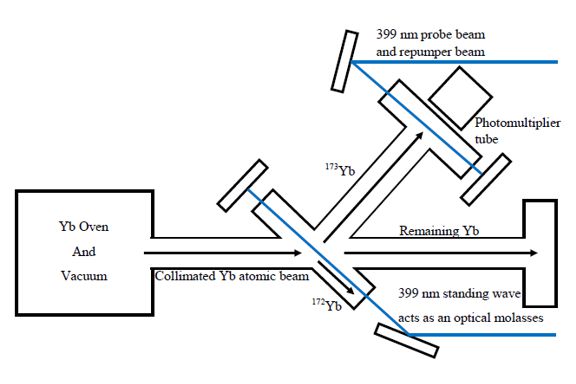
A multi-laser approach is used in which we correct errors in the atomic spectroscopy that seriously compromised previous measurements by another group [Phys. Rev. A 76, 062505 (2007)].We report precision measurements of the 173Yb 6s6p1Po1(F′=3/2,7/2)transition frequencies. We use a frequency comb to determine the laser frequency. Our work completes a set of isotope- and hyperfine-shift measurements reported in [1], published by our group. The frequency shift between the 6s6p1Po1(F′=32,72)levels is 86.29±0.77 MHz. The uncertainty is dominated by quantum interference effects in the excitation and decay pathways. Appendix A is a summary of notes made on an overheating problem encountered in our laboratory, and a copy of both papers on which I was primary author while completing my undergraduate work included at the end of the thesis.
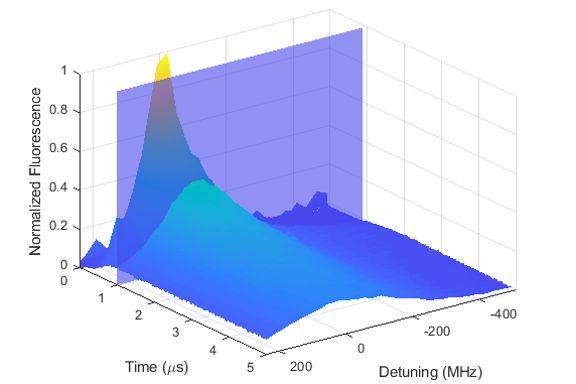
We create a dual-species ultracold neutral plasma (UNP) by photo-ionizing Yb and Ca atoms in a dual-species magneto-optical trap. Unlike single-species UNP expansion, these plasmas are well outside of the collisionless (Vlasov) approximation. We observe the mutual interaction of the Yb and Ca ions by measuring the velocity distribution for each ion species separately. We model the expansion using a fluid code including ion-ion friction and compare with experimental results to obtain a value of the Coulomb logarithm of Λ= 0.04.
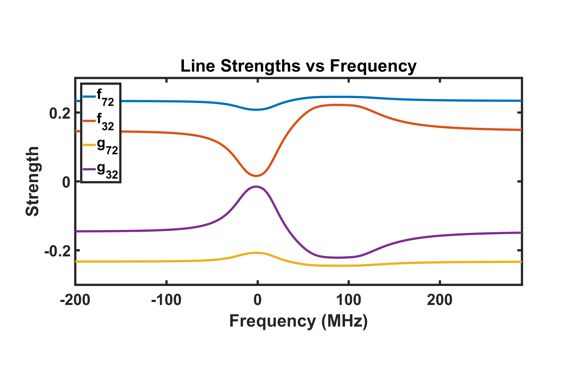
Emission spectra from atoms with hyperfine structure typically show closely-spaced atomic transitions. This happens because the hyperfine interaction splits and shifts the fine-structure energy levels in both the ground and excited state by a small amount. In laser-induced fluorescence measurements, the atoms are driven into a superposition of excited hyperfine states which then decay into a range of ground hyperfine states. Interference in different quantum pathways for this process influences the probability of excitation. Unless this is properly accounted for, this interference effect systematically shifts the apparent center of the fluorescence lineshape. We report measurements of this quantum interference (QI) effect in Yb-171 and Yb-173 and show that QI shifts the line centers by up to 5 MHz. We extend and verify a published QI model for Yb-171. We show that optical pumping complicates a straightfoward application of the model to the experiment for Yb-173. We then demonstrate that optical pumping-induced variations in the distribution of magnetic sub-levels in the hyperfine structure are insufficient to explain observed shifts in Yb-173.
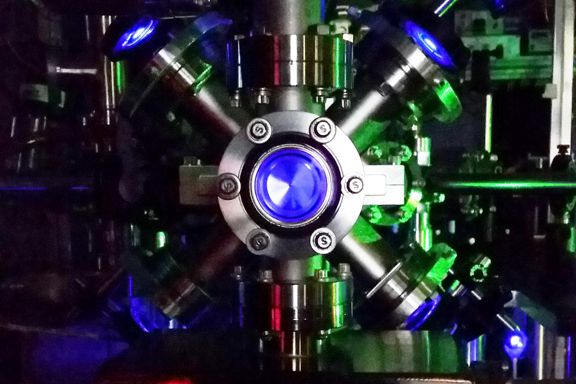
We present the construction and characterization of a two-dimensional magneto-optical trap (MOT) as a source of cold calcium atoms. Atoms are cooled transversely from a hot effusive source and captured in the 2-D MOT without axial confinement. We present calculations for and creation of the calcium source, as well as calculations for a paired ytterbium 2-D MOT. The results demonstrate that the 2-D MOT is feasible for calcium, with atomic density reaching a peak of $1.3 \times 10^9$ atoms/cm$^3$ in the trap. While we predict these densities can provide a loading rate 25 times higher than loading directly from an effusive beam, we were not able to successfully create a 3-D MOT. We present possible reasons for these results, as well as our future plans for experimental development.
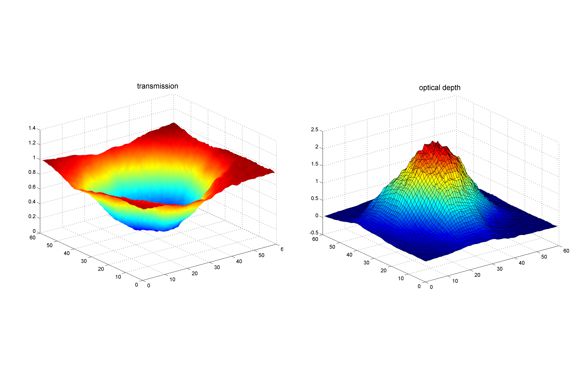
Ultracold neutral plasmas are created by photoionizing laser-cooled atoms in a magneto-optical trap (MOT). Due to their large electrical potential energies and comparatively small kinetic energies, ultracold plasmas fall into a regime of plasma systems which are called strongly coupled. A priority in the field of ultracold plasmas is to generate plasmas with higher values of the strong coupling parameter Γ, which is given as the ratio of the nearest-neighbor Coulomb potential energy to the average kinetic energy. The equilibrium strong coupling in ultracold plasmas is limited by the ultrafast relaxation of the ions due to spatial disorder in the initial system. This heating mechanism is called “disorder-induced heating†(DIH) and it limits the ion strong coupling in ultracold plasmas to order unity. This thesis describes experiments that explore ways to generate higher values of the strong coupling parameter in an ultracold neutral calcium plasma.One way to increase Γ is to mitigate the effects of DIH using electron screening. This thesis describes an experiment in which the initial electron temperature was systematically changed to determine the effect that electron screening has on the ion thermalization. At lower initial electron temperatures, corresponding to a higher degree of electron shielding, it was found that the screening slows the ion thermalization and reduces the equilibrium ion temperature by as much as a factor of two. However, electron screening also reduces the ion interaction strength by the same amount, which has the net effect of leaving the effective Γ unchanged.Another method for increasing the strong coupling of an ultracold plasma is to excite the plasma ions to a higher ionization state. Simulations predict that doubly ionizing the plasma ions can increase the strong coupling in an ultracold plasma by as much as a factor of 4, with the maximum value of Γ depending on the timing of the second ionization relative to the DIH process. This thesis describes an experiment designed to test these predictions in a Ca²⺠plasma. Measurements of the change in the Ca⺠ion temperature as a function of the timing of the second ionization pulses were made using laser-induced fluorescence. Results of these measurements show that the heating of the Ca⺠ions due to the second ionization depends on the timing of the second ionization pulses, as predicted by MD simulations.
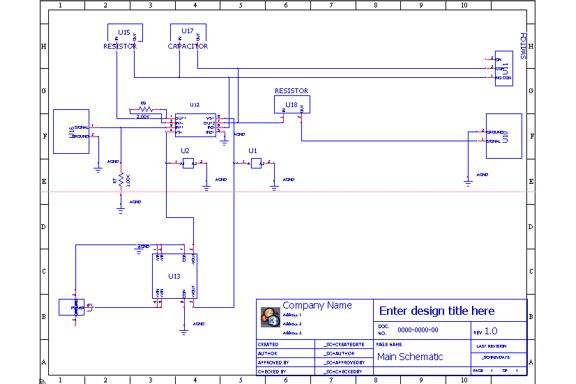
We report the design and fabrication of a simple integral-gain feedback circuit. This circuit is used in our laboratory to control the frequency of single-frequency lasers. A short tutorial on feedback control is given. The \$80 control circuit will be used to replace more expensive commercial systems currently in use in our lab.
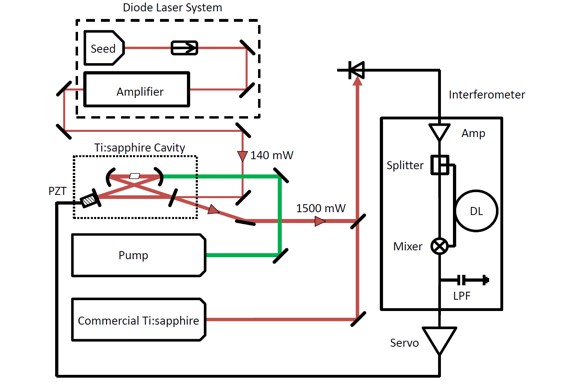
This thesis reports amplitude and frequency noise measurements of a Titanium:sapphire (Ti:sapphire) laser that is injection-locked with a low power diode laser. We use a heterodyne technique to frequency off-set lock a home built injection-locked Ti:sapphire laser with a low noise, commercial, injection-locked Ti:sapphire laser. Frequency noise measurements are made using the full-width-half-max of the two lasers’ beat note. Amplitude noise measurements are made using the root mean square (rms) of the output of a photo diode. Under optimal conditions the rms amplitude noise is 1.0% and the frequency noise is 300 kHz . The noise of our laser system depends on the feedback system characteristics. My contributions were the design and fabrication of a microwave interferometer, including its software and hardware, for the purpose of frequency off-set locking the two lasers. I also contributed to the data acquisition and analysis.
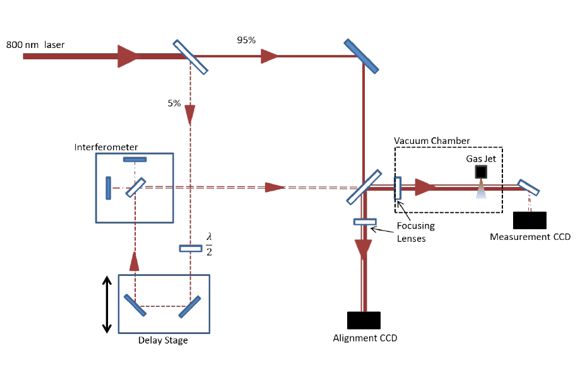
It has been shown that under certain conditions, the characteristics of ultracold neutral plasmas, can be reproduced in laser-produced plasmas at room temperature. We are attempting to see more fully how true this is, by trying to control the electron temperature in a laser-produced plasma. We expected that by decreasing the intensity of our laser when we ionize our gas we would see the expansion of our plasma slow down, and hence deduce that the electron temperature had been lowered. We had difficulty observing this result experimentally. We modeled the system and found that if we increase our laser intensity, we should be able to observe the phenomenon we had hypothesized. The experimental and modeling processes are here outlined, as well as thoughts on how to improve the experiment in the future.